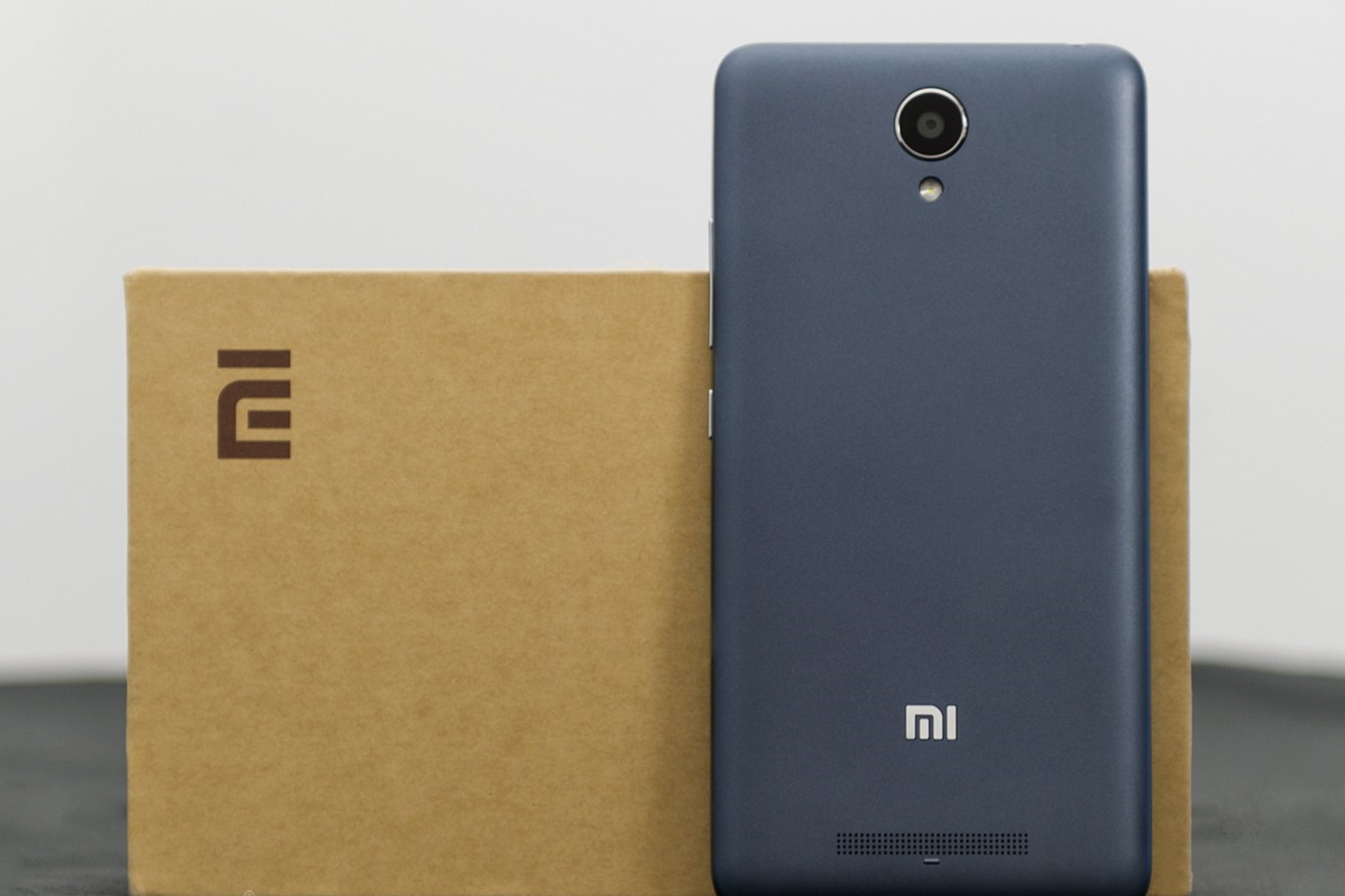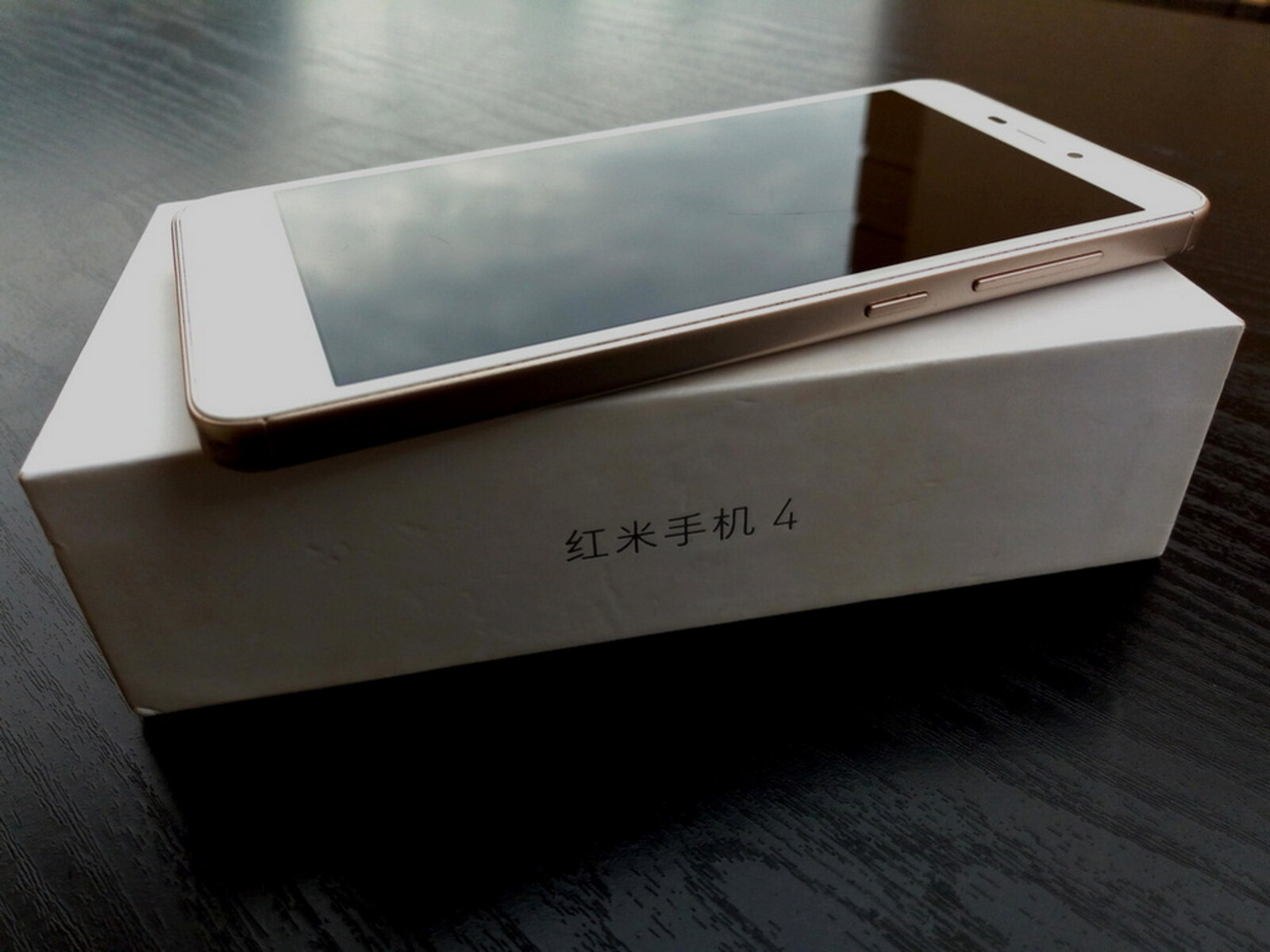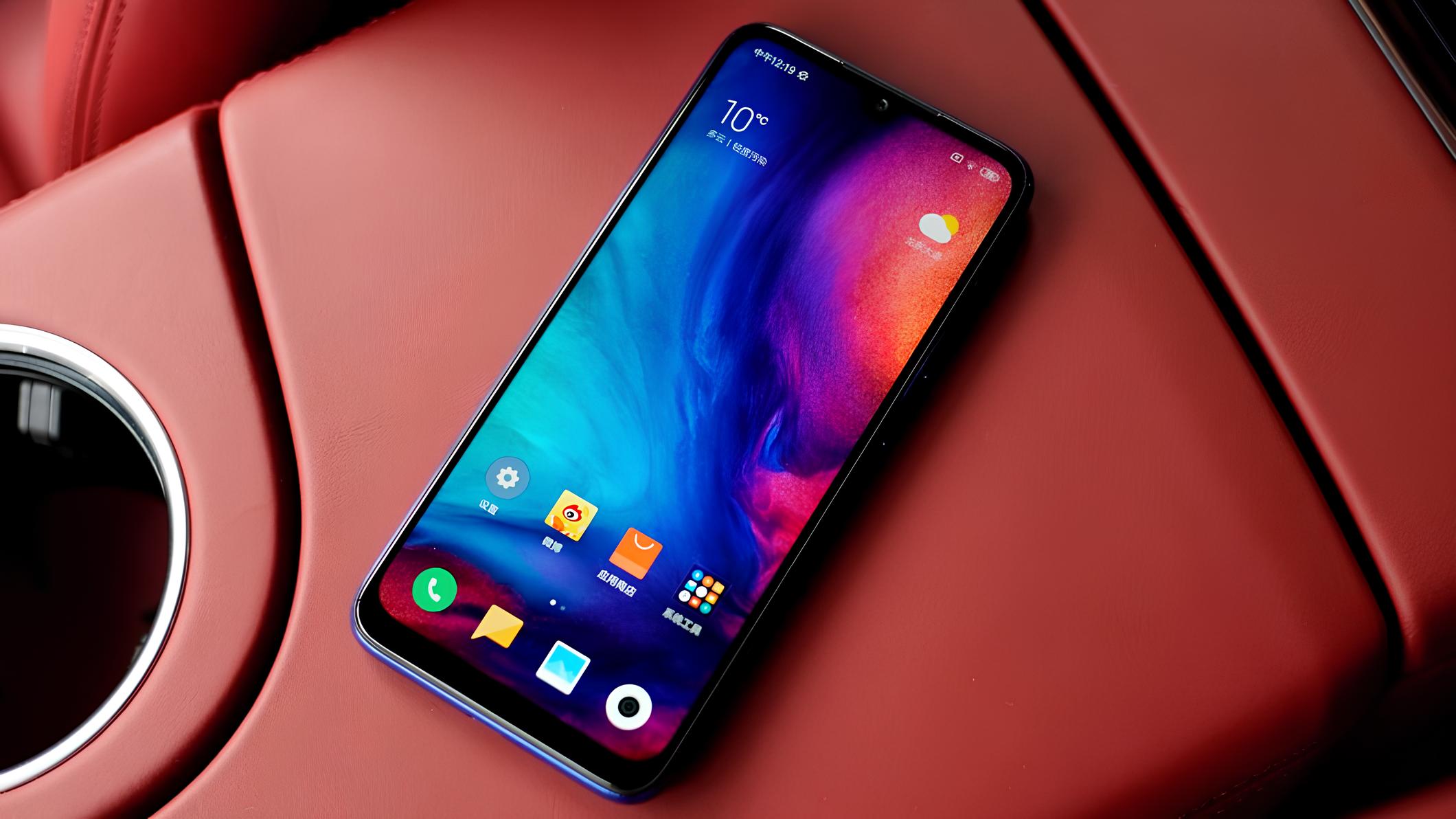Introduction
In the fast-paced world of mobile technology, smartphones have become an indispensable part of our daily lives. The Xiaomi Redmi Note 4G, with its impressive features and sleek design, has garnered a loyal following among tech enthusiasts and casual users alike. However, like any electronic device, the Redmi Note 4G may encounter performance issues or glitches that can hinder its functionality. In such cases, performing a hard reset can often serve as a reliable solution to restore the device to its original state.
A hard reset, also known as a factory reset, is a process that erases all the data and settings on a device, returning it to its default factory state. This procedure can effectively resolve various software-related issues, such as persistent lagging, unresponsive apps, or system crashes. While a hard reset can be a powerful troubleshooting tool, it is essential to understand when and how to perform it correctly to avoid unintended consequences.
In the following sections, we will delve into the intricacies of performing a hard reset on the Xiaomi Redmi Note 4G. By gaining a comprehensive understanding of this process, users can confidently address software-related issues and optimize the performance of their devices. Let's explore the nuances of hard resetting the Redmi Note 4G and the precautions to consider before embarking on this transformative procedure.
What is a Hard Reset?
A hard reset, also referred to as a factory reset, is a fundamental procedure used to restore a device to its original settings and configuration. This process effectively wipes out all user data, applications, and settings, returning the device to its default state as it was when it left the factory. By initiating a hard reset, all personal information, including contacts, messages, photos, and installed apps, is permanently erased from the device's internal storage.
In the context of the Xiaomi Redmi Note 4G, a hard reset serves as a powerful troubleshooting tool to address persistent software-related issues. When the device experiences performance issues such as frequent app crashes, unresponsiveness, or persistent lagging, a hard reset can often resolve these issues by clearing out any corrupted data or settings that may be causing the problems.
It is important to note that performing a hard reset should be approached with caution, as it is a drastic measure that permanently erases all user data. Therefore, it is crucial to back up any important data before initiating a hard reset to prevent irreversible loss. Additionally, a hard reset should be considered as a last resort after attempting less drastic troubleshooting methods, such as clearing app caches or performing a soft reset.
In essence, a hard reset is a transformative procedure that can effectively address software-related issues by restoring the device to its original factory state. Understanding the implications and proper execution of a hard reset is essential for Xiaomi Redmi Note 4G users seeking to optimize the performance and functionality of their devices.
When to Perform a Hard Reset on Xiaomi Redmi Note 4G
Performing a hard reset on the Xiaomi Redmi Note 4G is a significant decision that should be made under specific circumstances. Understanding when to initiate a hard reset can help users effectively address persistent software-related issues and optimize the performance of their devices.
-
Persistent Software Issues: When the Redmi Note 4G experiences persistent software-related issues that cannot be resolved through conventional troubleshooting methods, such as frequent app crashes, unresponsive system functions, or persistent lagging, a hard reset may be necessary. These issues can significantly impact the user experience and hinder the device's overall functionality. In such cases, a hard reset can serve as a comprehensive solution to eradicate underlying software glitches and restore the device to a stable state.
-
Device Sluggishness: If the Redmi Note 4G exhibits sluggish performance, characterized by slow responsiveness, delayed app launches, or overall system lag, a hard reset can help alleviate these issues. Over time, the accumulation of residual data, temporary files, and outdated system configurations can contribute to sluggish device performance. By performing a hard reset, users can effectively clear out these accumulated elements and rejuvenate the device's responsiveness and speed.
-
Unresponsive Apps or System Functions: When specific apps or system functions become unresponsive or fail to operate as intended, despite attempts to troubleshoot and resolve the issues, a hard reset may be the most viable solution. Unresponsive apps can disrupt the user experience and impede productivity, making it essential to address these issues promptly. By initiating a hard reset, users can eliminate any underlying software conflicts or corrupted data that may be causing the unresponsiveness.
-
Device Security Concerns: In scenarios where the security of the device is compromised due to potential malware infections, unauthorized access, or suspicious activities, a hard reset can be employed to restore the device to a secure state. By erasing all user data and applications, a hard reset can effectively eliminate potential security threats and restore the device to a clean, secure state.
-
Preparing the Device for Resale or Transfer: Before selling or transferring ownership of the Redmi Note 4G, performing a hard reset is essential to ensure that all personal data and settings are permanently erased from the device. This precautionary measure helps protect user privacy and prevents unauthorized access to personal information.
In summary, a hard reset on the Xiaomi Redmi Note 4G is warranted when the device experiences persistent software issues, sluggish performance, unresponsive apps or system functions, security concerns, or when preparing the device for resale or transfer. By recognizing these circumstances, users can make informed decisions regarding the initiation of a hard reset to effectively address software-related issues and optimize the performance of their Redmi Note 4G devices.
Steps to Perform a Hard Reset on Xiaomi Redmi Note 4G
Performing a hard reset on the Xiaomi Redmi Note 4G involves a series of steps to ensure the successful restoration of the device to its factory settings. It is important to note that initiating a hard reset will permanently erase all user data and settings, so it is crucial to back up any important information before proceeding with the following steps.
-
Backup Important Data: Before initiating the hard reset process, it is essential to back up any important data, such as contacts, messages, photos, and documents, to prevent irreversible loss. Users can utilize cloud storage services, external storage devices, or Xiaomi's built-in backup feature to safeguard their data.
-
Access the Settings Menu: To begin the hard reset process, navigate to the "Settings" menu on the Redmi Note 4G. This can typically be accessed by tapping the gear-shaped icon in the app drawer or the quick settings panel.
-
Select Additional Settings: Within the "Settings" menu, scroll down and select "Additional Settings" to access a range of advanced device settings and options.
-
Initiate Backup & Reset: Within the "Additional Settings" menu, locate and tap on "Backup & Reset" to access the device's backup and reset options.
-
Perform Factory Data Reset: Within the "Backup & Reset" menu, select "Factory data reset" to initiate the hard reset process. Users will be prompted with a warning message indicating that all data will be erased, and the device will be restored to its factory settings.
-
Confirm the Reset: After selecting "Factory data reset," users will be required to confirm their decision by tapping "Reset phone" or "Erase everything," depending on the specific wording used in the device's interface.
-
Wait for the Process to Complete: Once the hard reset process is initiated, the Redmi Note 4G will begin erasing all user data and restoring the device to its factory state. This process may take several minutes to complete, depending on the amount of data stored on the device.
-
Set Up the Device: After the hard reset is complete, the Redmi Note 4G will reboot and prompt the user to set up the device as they did when it was first purchased. This includes configuring language preferences, Wi-Fi settings, and Google account information.
By following these steps, users can effectively perform a hard reset on the Xiaomi Redmi Note 4G, restoring the device to its default factory settings. It is important to exercise caution and ensure that all important data is backed up before initiating a hard reset to prevent permanent data loss.
Precautions to Take Before Performing a Hard Reset
Before embarking on the transformative process of performing a hard reset on the Xiaomi Redmi Note 4G, it is crucial for users to consider several essential precautions to safeguard their data and ensure a smooth transition. By adhering to these precautions, users can mitigate the risk of irreversible data loss and potential complications during and after the hard reset process.
Backup Essential Data
The foremost precaution before initiating a hard reset is to back up all essential data stored on the Redmi Note 4G. This includes contacts, messages, photos, videos, documents, and any other user-generated content. By utilizing cloud storage services, such as Google Drive or Xiaomi's Mi Cloud, users can securely store their data off-device, ensuring that it can be easily restored after the hard reset. Additionally, transferring data to an external storage device, such as a microSD card or a computer, provides an extra layer of protection against data loss.
Sync and Backup App Data
In addition to backing up personal data, users should ensure that app-specific data, such as app settings, game progress, and other application-related information, is synchronized and backed up. Many apps offer built-in backup and sync features that can preserve user preferences and progress. It is advisable to explore these options within individual apps to safeguard app-related data before proceeding with a hard reset.
Secure Media and Documents
For users who store media files, such as photos, videos, and music, directly on the device's internal storage, it is essential to transfer these files to a secure location before initiating the hard reset. This can involve transferring media to a computer, uploading it to cloud storage, or transferring it to an external storage device. Similarly, any important documents or files stored on the device should be securely backed up to prevent loss during the hard reset process.
Note Down Important Settings and Preferences
Users should make a note of their important device settings and preferences before performing a hard reset. This includes Wi-Fi network credentials, Bluetooth pairings, display settings, and any other personalized configurations. Having a record of these settings can streamline the post-reset setup process, ensuring that the device is reconfigured according to the user's preferences.
Verify Battery and Power Connection
Before initiating a hard reset, it is advisable to ensure that the Redmi Note 4G has an adequate battery charge or is connected to a stable power source. Performing a hard reset with low battery levels can lead to interruptions or incomplete data erasure, potentially causing complications. By verifying the battery status and power connection, users can mitigate the risk of disruptions during the hard reset process.
By diligently adhering to these precautions, users can approach the hard reset process with confidence, knowing that their data is securely backed up and their device is prepared for the transformative procedure. These precautions serve as essential safeguards to prevent data loss and ensure a seamless transition before, during, and after the hard reset of the Xiaomi Redmi Note 4G.
Conclusion
In conclusion, the process of performing a hard reset on the Xiaomi Redmi Note 4G is a transformative procedure that can effectively address persistent software-related issues and restore the device to its default factory state. By understanding the circumstances that warrant a hard reset and following the essential precautions, users can confidently navigate this process to optimize the performance and functionality of their devices.
The decision to initiate a hard reset should be carefully considered, particularly when the Redmi Note 4G experiences persistent software issues, sluggish performance, unresponsive apps or system functions, security concerns, or when preparing the device for resale or transfer. Recognizing these circumstances empowers users to make informed decisions regarding the necessity of a hard reset, ensuring that it serves as a viable solution to address underlying software-related issues.
Furthermore, the steps to perform a hard reset on the Redmi Note 4G provide a clear and structured approach to restoring the device to its factory settings. By backing up essential data, accessing the device's settings menu, and carefully initiating the hard reset process, users can navigate this transformative procedure with confidence and precision. Additionally, the precautions outlined serve as crucial safeguards to mitigate the risk of irreversible data loss and ensure a smooth transition before, during, and after the hard reset.
Ultimately, the successful execution of a hard reset on the Xiaomi Redmi Note 4G can rejuvenate the device's performance, resolve persistent software issues, and restore it to a secure and stable state. By embracing the transformative potential of a hard reset and approaching it with careful consideration and preparation, users can harness this powerful troubleshooting tool to optimize the functionality and longevity of their Redmi Note 4G devices.
In essence, the process of performing a hard reset on the Xiaomi Redmi Note 4G embodies the balance between transformative potential and cautious execution, empowering users to address software-related challenges and restore their devices to an optimal state. With a comprehensive understanding of the hard reset process and its implications, users can confidently navigate this transformative procedure, ensuring the longevity and performance of their Redmi Note 4G devices.

























